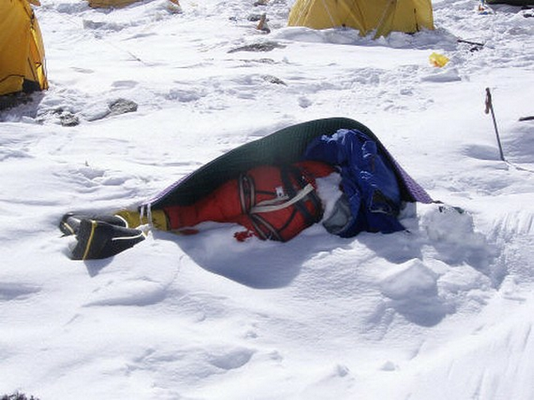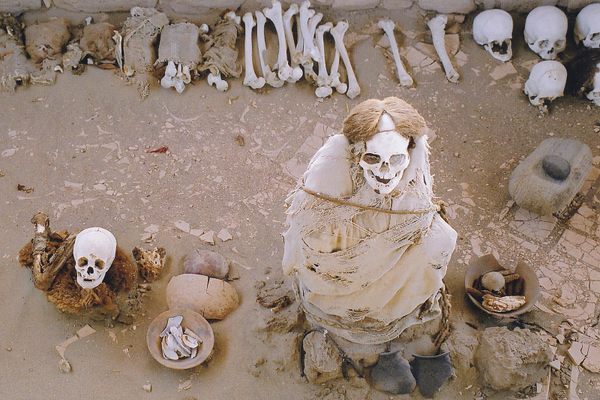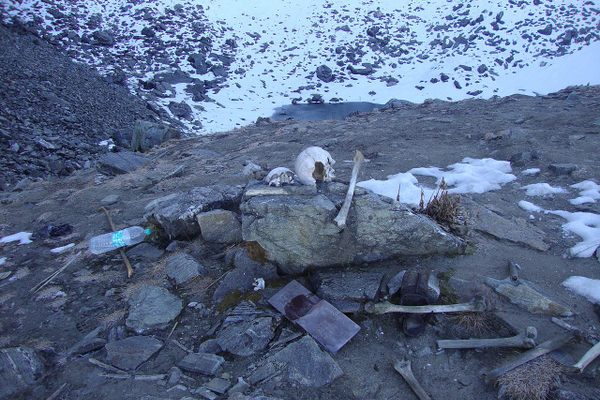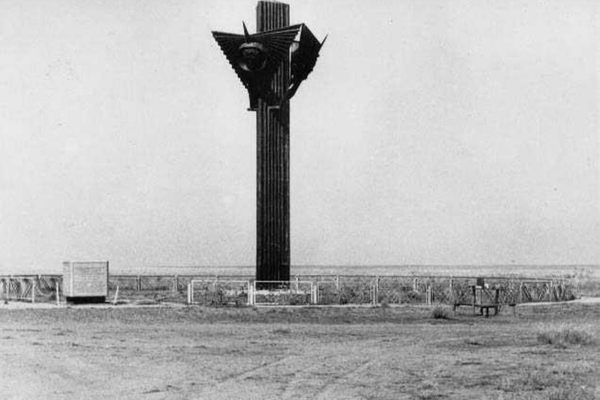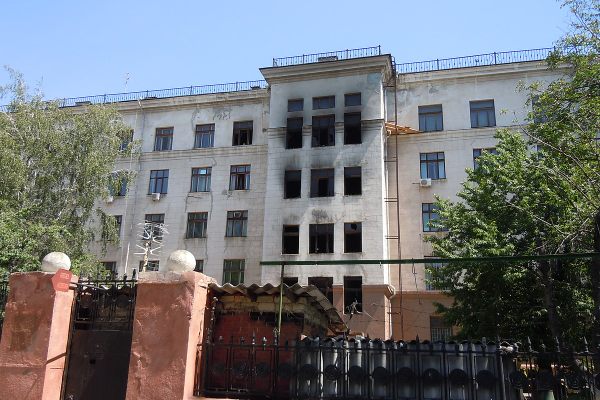About
Climbing to the top of the world - a dream for so many explorers, a triumph that truly echoes in the annals of humankind's achievements. But what happens to those who fail?
While many reach the top of the summit victorious, the adventure is notoriously fraught with peril. To conquer the mountain, one must pass through the Death Zone - at an altitude of 26,000 ft. and up (way up), plummeting temperatures, high winds, and sleek ice create a deadly gauntlet. Alongside the obvious weather-related hazards is the quick and silent killer – low atmospheric pressure. With only about a third as much oxygen to breathe at the top of Everest compared to sea level, those without proper acclimation are likely to lose consciousness within minutes, and it takes an average of 12 hours to travel through the aptly-named stretch of terrain.
Perhaps the most disturbing aspect of this epic trek ending in someone's doom is the simple fact that in most cases, the fallen remain just as they fell. The same hazards that made their journey unsuccessful often render it impossible for anyone to safely recover them, so there they lie, a reminder to those laboring past them that one fatal mistake or act of nature could easily offer them up to the same fate. Despite climbing in parties and with guides, an injured climber unable to go on is too dangerous for the others to save, and is often abandoned by their companions out of necessity for their own survival.
The ghostly remains of over 150 brave explorers who were overwhelmed by Everest lie in an above-ground icy tomb as an example, eerily preserved by the very conditions that condemned them. The mountain has claimed over 200, but numbers are questionable due to the fact that many bodies have never been located, and so few have been recovered even after being found. They remain frozen in time, a grim reminder to enthusiastic adventurers of the heavy cost often paid to reach the top of the world.



